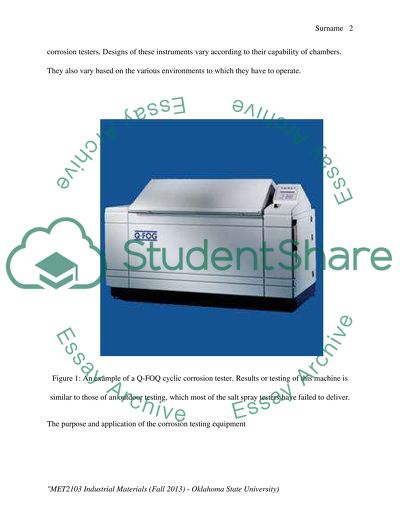Cite this document
(“Corrosion testing Essay Example | Topics and Well Written Essays - 1000 words”, n.d.)
Retrieved from https://studentshare.org/engineering-and-construction/1488935-corrosion-testing
Retrieved from https://studentshare.org/engineering-and-construction/1488935-corrosion-testing
(Corrosion Testing Essay Example | Topics and Well Written Essays - 1000 Words)
https://studentshare.org/engineering-and-construction/1488935-corrosion-testing.
https://studentshare.org/engineering-and-construction/1488935-corrosion-testing.
“Corrosion Testing Essay Example | Topics and Well Written Essays - 1000 Words”, n.d. https://studentshare.org/engineering-and-construction/1488935-corrosion-testing.


